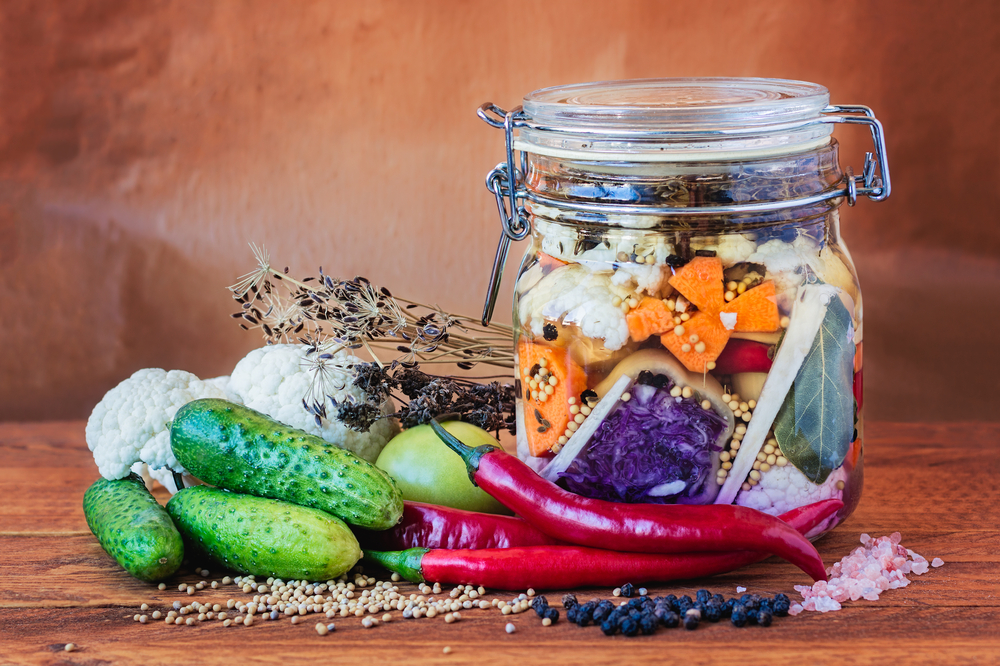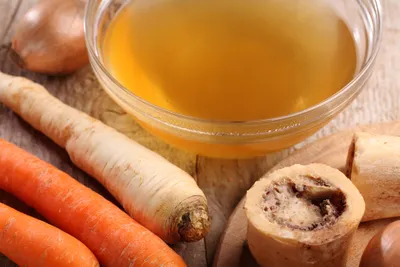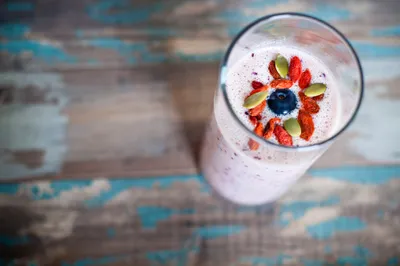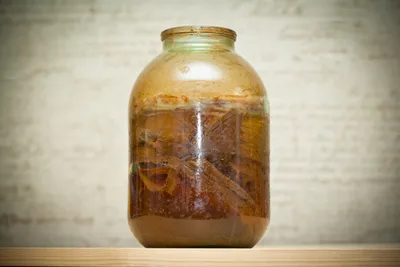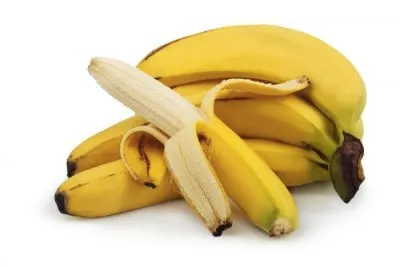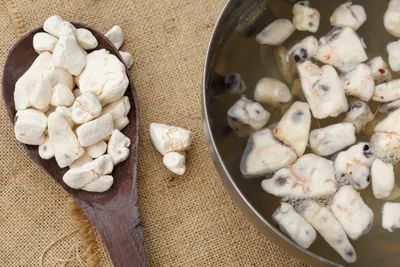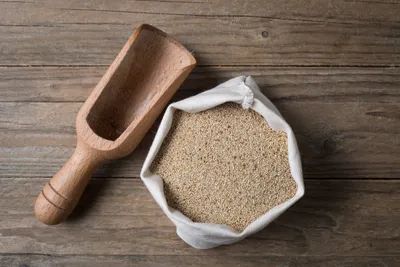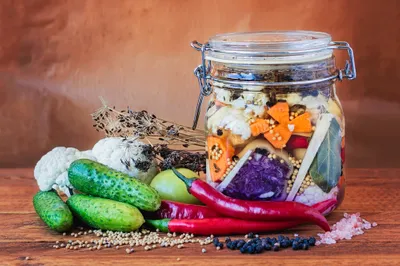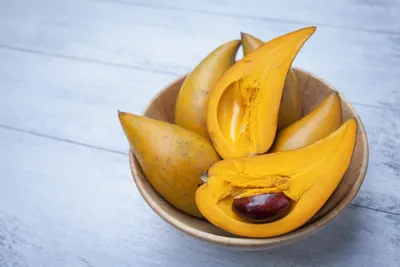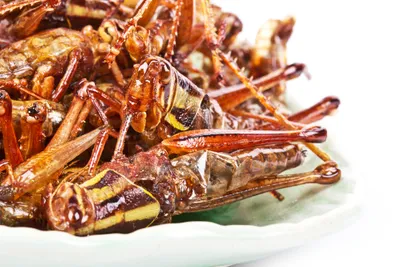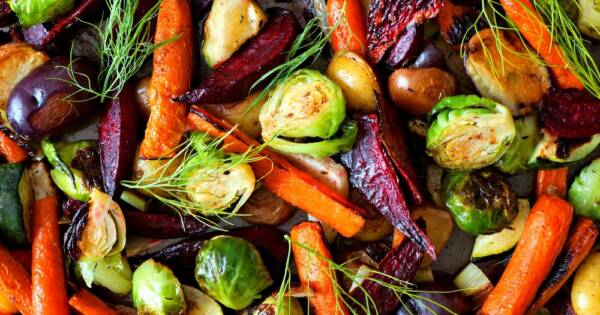While quinoa and kale were once considered exotic and difficult to find in mainstream supermarkets, these superfoods have become staples in the ‘healthy diet’ of the western world. From herbs and spices to fruits, vegetables and grains, each year brings about a whole new crop of nutrient-rich, vitamin-packed foods that we can add to our repertoire.
The year 2016 is no exception, with the fermentation craze still firmly in place and foreign fruits being introduced to North America, the coming year is sure to be an interesting one from a health foods perspective. Without further delay, here are ten superfoods to watch out for (and try) in 2016…
1. Bone Broth
This comforting elixir has been a favorite of those following the paleo diet for a number of years now, but the benefits of bone broth are starting to reach those looking for an alternative to the sodium-laden cartons of broth available in the supermarkets. It’s simple to make at home and offers collagen and gelatin, which promotes healthy hair and nails as well as being high in protein and rich with minerals like calcium, potassium, magnesium and phosphorus to help heal upset digestive systems.
To make a bone broth, simply add bones (chicken, pork, beef, lamb or other) to a large stock pot of water with herbs and vegetables like onion, garlic, peppercorns, chilli, carrot or whatever seasonings you enjoy. Simmer 8- to 12-hours on low skimming off any impurities from the top.
2. Kefir
One of the most popular health trends of the last year is fermentation. We’ve seen it come in many forms aside from the most well known being yogurt and Kefir is another fermentation wonder picking up steam. The dairy drink tastes similar to a yogurt, but with a consistency closer to milk and offers great levels of probiotics; the healthy bacteria that keep our digestive system operating at optimum efficiency.
Despite being a dairy-based beverage, it is low in lactose and high in calcium and phosphorus. It can be found in both effervescent (fizzy) varieties and non-effervescent and may be flavoured with fruit like strawberries, raspberries or blueberries or may come plain. It’s sharp, tangy taste may not be palatable for everyone so it’s best to be added to smoothies where it’s benefits can be enjoyed while being mixed with other fruits.
3. Maple Water
For years, maple syrup has been used by those who want a sweet treat without eating all the refined white sugar and fructose so commonly seen in processed candies and baked goods. Now, people are looking at another product of the maple tree for health benefits. Maple water is the purest form of sap, which runs through the maple trees and it’s being called the next ‘wonder water’ (remember aloe and coconut waters?).
Maple water is said to contain antioxidants and minerals beneficial for helping thyroid function and balancing sugar levels, but this food is so new that the science isn’t exactly solid. More research will need to be done to confirm these health claims but in the mean time, maple lovers can enjoy this sweet, natural hydration drink.
4. Kombucha
You may have tried this fizzy, fermented beverage already, but if you haven’t tried kombucha yet, this is your year. Its popularity has grown so gone are the days when the only way you could get this delicious brew was to make it yourself. Many beverage manufacturers have hopped on board the kombucha train, brewing the fizzy stuff and making it available in mainstream supermarkets.
While kombucha tastes similar to a fizzy soda drink with a little tang, it’s made from fermentation of green or black tea. Often fruit flavours like citrus and berries or even aromatics like ginger and lavender, are added giving the drink even more appeal. The benefits of fermentation are the gut-friendly bacteria we know as probiotics and kombucha is rich with them.
5. Banana Flour
With so many people looking for baking alternatives to wheat flours, we’ve seen many new flours become more mainstream. 2015 was the year of coconut flour and we saw this being used in everything from cookies, to cakes to muffins and more, but 2016 is set to see a new baking ingredient hit the shelves. Banana flour is made from green unripe bananas that have yet to develop their sugar content.
Banana flour is high in starch and has a delicate nutty flavour which can be used as a substitute anywhere traditional flour is used including thickening sauces or salad dressings. Because it is highly absorbent, you don’t have to use much and its health benefits are said to reduce risk of colon cancer, diabetes and help control blood sugar levels.
6. Baobab
Pronounced as BEY-OH-BAB, this African tree fruit is one of the pieces of produce you should watch for most in the coming year. The fruits grow on the Baobab tree in the barren regions of Africa where the tree is known locally as the “tree of life”, likely due to the fact that the tree produces not only this nutrient rich fruit, but also the tree’s water is prized for nutritional properties.
Perhaps the next pomegranate, the baobab fruit is high in soluble fibre and antioxidants and according to National Geographic, it contains six times the amount of vitamin C as an orange. If you want to try this flavourful fruit for yourself, you’re most likely to find it in powdered form which can be added to smoothies for a superfood punch.
7. Teff
The gluten-free trend shows no signs of slowing down in 2016 and as more people turn to alternative grains and flours, more and more options are popping up on supermarket shelves. Among the great grains gaining steam this year is Teff, a gluten free grain that’s ground into a flour that can be used for baking and thickening.
Teff is higher in protein than regular wheat flour and has plenty of calcium, fibre and iron. This supposed new super grain hails from the plains of Ethiopia and ranks as the smallest known grain in the world (even smaller than a poppy seed.) If you’re looking for a gluten-free alternative, or just looking to give your baking a change up, 2016 is the time to give Teff a try.
8. Lacto-Fermented Vegetables
By now you’ve heard of Kombucha and you’re familiar with kefir but there’s another food that’s jam-packed with those healthy bacteria we know comes with fermented foods. If you’re a pickle fan, you might enjoy lacto-fermented vegetables. Essentially, these pickled fermented vegetables can be made at home with a few simple ingredients and the benefits are easy to enjoy.
Lactobacillus bacteria are present in all plants and these bacteria are able to convert sugar into lactic acid, which is a natural preservative and increases the vitamin and enzyme levels and the digestibility of the foods in which they’re present. Try one of our favorite lacto-fermented recipes to enjoy these sour veggies.
9. Lucuma
Pronounced as LU-CU-MA, this mellow yellow tree fruit is native to the Andean valleys of Chile, Ecuador and Peru and is a central ingredient in traditional Incan cuisine. Called the “Gold of the Incas” the fruit, which has a creamy citrus-like flavor is also sometimes called the ‘eggfruit’ due to the texture of the fruit’s flesh being reminiscent of a hard-cooked egg yolk.
The apparent benefits of this ancient super fruit include being a low GI sweetener, having high levels of complex carbohydrates, it’s rich in antioxidants and is full of vitamins and minerals. Lucia is especially high in calcium and has as much of this important mineral as a class of milk. In North America, you’re most likely to find this flavorful fruit in powdered form, which can be added to smoothies for an extra healthy punch.
10. Crickets
While this superfood might sound controversial at first, there’s much debate going on these days about how to feed our ever growing global population while balancing the effects on the environment. Central in this debate is finding alternative sources of protein and experts are looking in the way of some creepy crawly creatures for assistance. Crickets are high in protein and obviously don’t require the massive livestock farming operations we see for beef cattle and poultry.
Some hardcore fitness enthusiasts are turning to cricket protein powders to fuel their workouts. These high-protein, low-carb critters are also being ground into ‘cricket flour’ and the demand for insect options seems to only be growing. You may not be ready to jump on board this superfood trend yourself, but it’s definitely one to keep an eye on in 2016!
